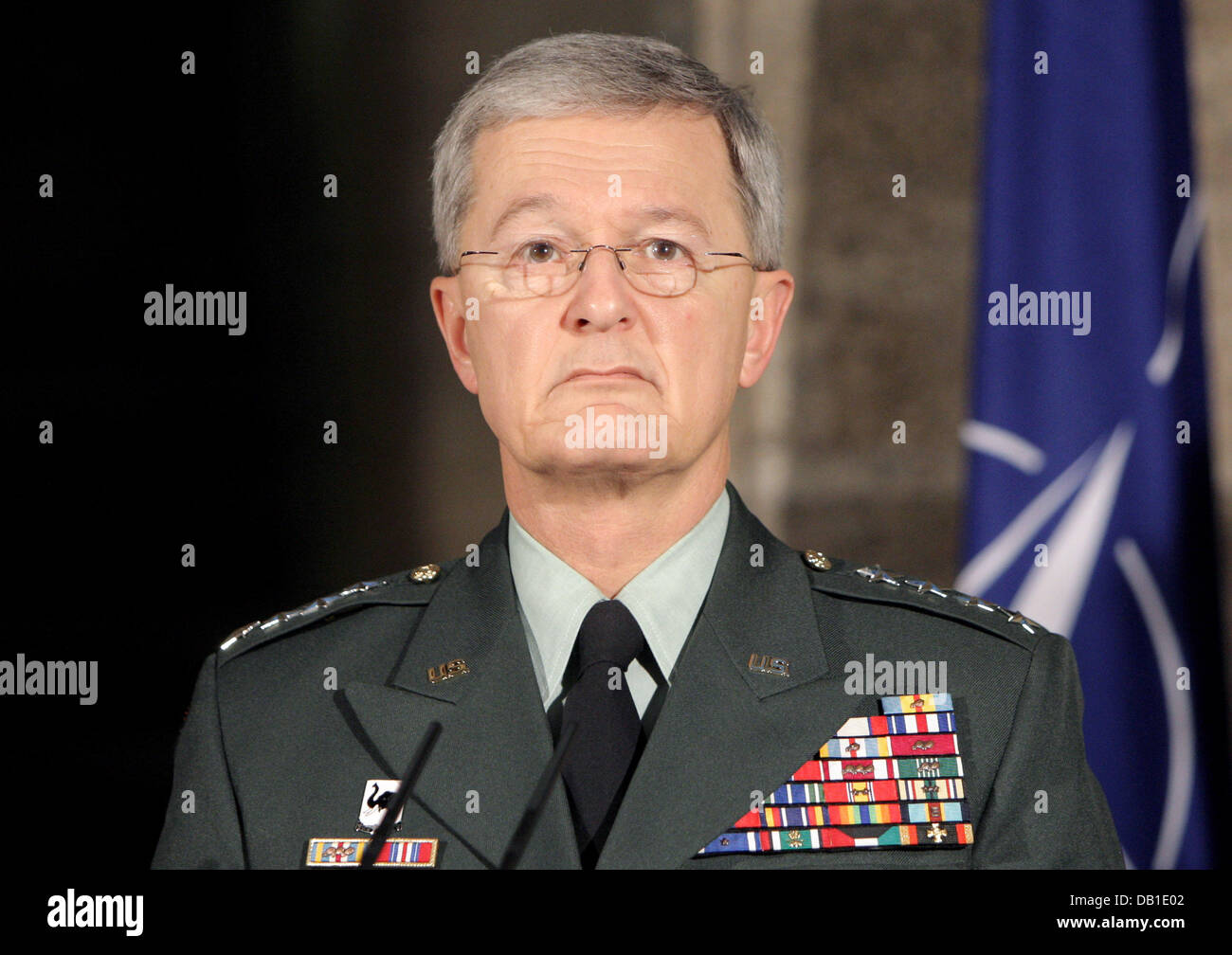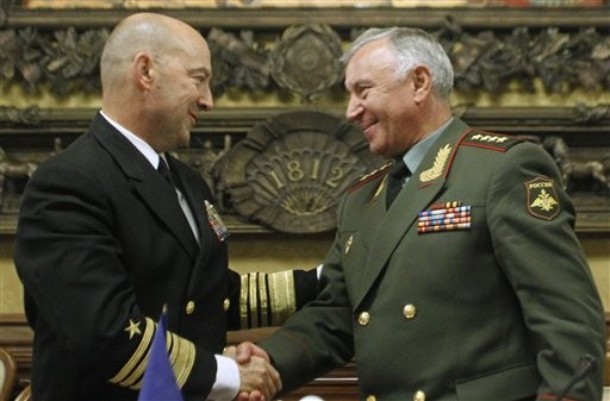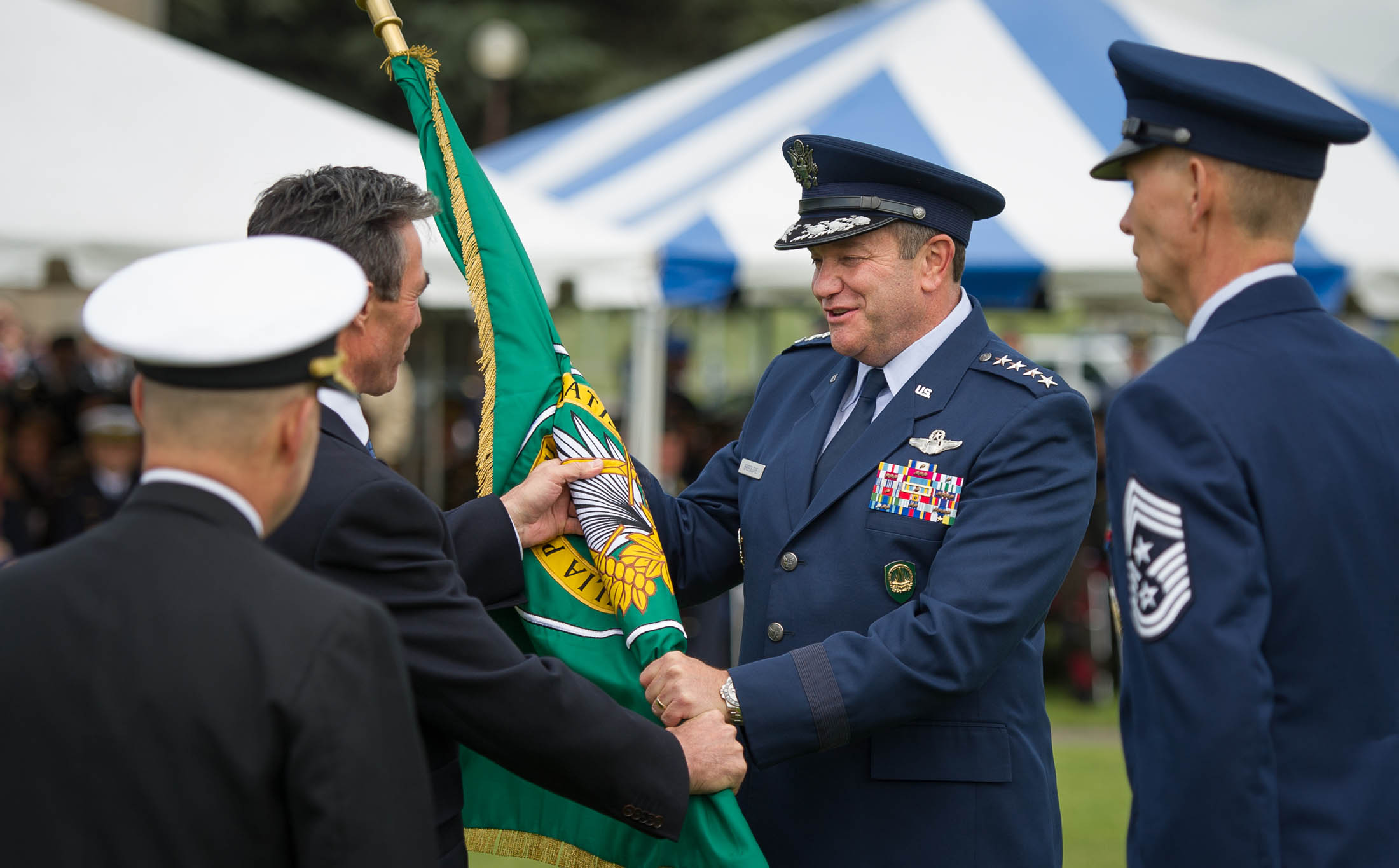

Once the order for the invasion was given, the Supreme Allied Commander could only wait until the results came in.
#ALLIED SUPREME COMMANDER SERIES#
After a long silence, Eisenhower gave the command, "Okay, we'll go." It was the most important decision in his military career. Prepared in 1951 by the Civil Historical Section of General Headquarters, Supreme Commander for the Allied Powers (SCAP), this series of 55 monographs. General Montgomery, his ground commander, favored taking the risk. (CSU ALPHA 254) CSU Image details Search stock photos by tags. Eisenhower had learned from his meteorological staff that there would be a break in the weather and that the next day, Tuesday June 6, would be more favorable. General Dwight Eisenhower, Supreme Commander, Allied Forces during World War II. A storm with high winds and rain had forced a one-day postponement of the invasion, originally set for June 5. (21:30 hours) on the evening of June 4, 1944, Eisenhower called a meeting at his command post at Southwick House in Portsmouth, England. Shortly after the signing of the Instrument of Surrender in Tokyo Bay, General of the Army Douglas MacArthur, Supreme Commander for the Allied Powers. Normandy France, across the English Channel, was chosen for the invasion’s landing site.Īt about 9:30 p.m. His directive from the Combined Chiefs of Staff read, “ You will enter the continent of Europe and in conjunction with other Allied nations, undertake operations aimed at the heart of Germany and the destruction of her armed forces…”Īfter establishing his headquarters outside London in January 1944, Eisenhower set about preparing his forces for the invasion. Eisenhower assumed responsibility for the invasion of Western Europe Operation Overlord. I n late 1943 President Franklin Roosevelt appointed Eisenhower to serve as the Supreme Allied Commander in the European Theater of Operations. Other articles where Supreme Commander for Allied Powers is discussed: 20th-century international relations: South Asia: In Japan, the American occupation.

MILITARY: Supreme Allied Commander and D-Day The term Allied Representative as used herein shall be defined as any Commander of Occupation Forces, or any Subordinate Commander, Staff Officer, or Agent. With a small number of exceptions who were German military officers, DSACEUR is normally a British military officer.Military | Presidency | Mamie | Farm | Pop Culture | Home & Farm | All Image Gallery The 4-star admiral oversaw operations in Afghanistan, Libya, Syria and the Bal. From January 1978 until June 1993 there were two DSACEURs, one British and one German, but from July 1993 this reverted to a single DSACEUR. General John Allen, the outgoing Commander of the NATO-led forces in Afghanistan, will retire and therefore not become NATOs Supreme Allied Commander. Admiral James Stavridis, USN (Ret) was the 16th NATO Supreme Allied Commander. The position of Deputy Supreme Allied Command Europe (DSACEUR) has been known as Deputy Head of Allied Command Operations since 2003.

The current SACEUR is General Christopher G. military officer, and the position is dual-hatted with that of Commander of United States European Command. SACEUR is the second-highest military position within NATO, below only the Chair of the NATO Military Committee in terms of precedence. The commander is based at SHAPE in Casteau, Belgium. The Supreme Allied Commander Europe ( SACEUR) is the commander of the North Atlantic Treaty Organization's (NATO) Allied Command Operations (ACO) and head of ACO's headquarters, Supreme Headquarters Allied Powers Europe (SHAPE). Supreme Headquarters Allied Powers Europe


 0 kommentar(er)
0 kommentar(er)
